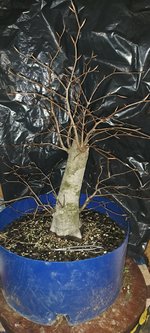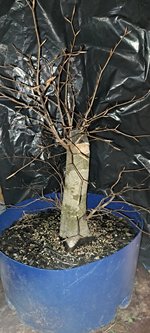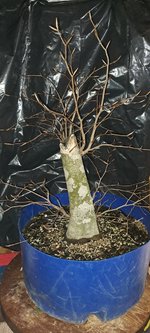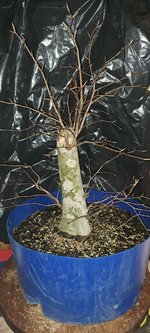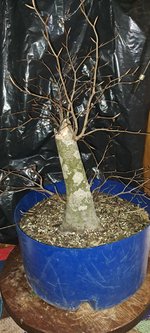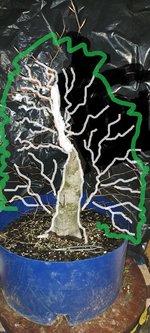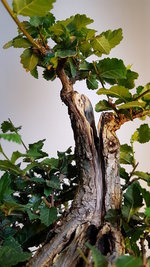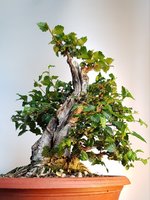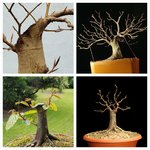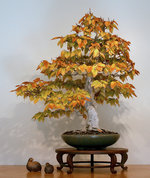David wv
Sapling
This American beech, I collected 2 years ago. It has 4"-5" base, and has been growing untouched. I am just looking for ideas on what direction to go with this tree. I'm am not a fan of the type of broom style where the trunk splits into two leaders of equal size. I just don't want to create one of those trees that has that ugly Y, that stands out. I guess as long as I keep one of the two smaller, it may look okay? Any advice on which branches should go, upper and lower branches? My gut is telling me, the lower branches should go to highlight the trunk, making a broom style type tree. But a more experienced eye might see how they could be used and add to the design. Any ideas or advice or suggestions, would be appreciated.
